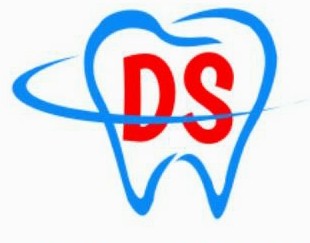Laser Dentistry

Laser Dentistry
LASER stands for Light Amplification by the Stimulated Emission of Radiation. The instrument creates light energy in a very narrow and focused beam. This narrow focused beam produces a reaction when it hits the tissue, allowing it to remove or shape the tissue.
Nowadays, a variety of dental diseases are treated with lasers in dentistry. Compared to drills or other non-laser instruments, it has provided a more comfortable treatment option for some dental operations involving tissues.
Types of Dental Lasers
Soft Tissue Lasers :–
Procedures involving the mouth’s soft tissues, such as the gums, tongue, lips, and cheeks.
Hard Tissue Lasers :-
The lasers used to cut hard tissues in the mouth, such as teeth and bones.
Benefits of Laser Dentistry
- No need of Anesthesia
- Pain-free treatments
- Faster healing
- No need of stitches or sutures
- Less Invasive
- Less post-operative pain and swelling
- Reduced need of antibiotics and medications
- Reduced anxiety
Common Procedures In Laser Dentistry
Gummy smile treatment
Lasers are used to reshape gum tissue associated with gummy smiles. It’s a condition in which the gum length exceeds and covers much of the tooth.
Crown Lengthening
This procedure is used to reshape both gum tissues and bones for healthier tooth structure. This helps in removing excess gum tissue and sometimes bones around the upper teeth to make them appear longer.
Treating tongue frenulum attachment
Helps in correcting restricted frenulum in children, which leads to tongue-tie. It presents difficulties in breastfeeding and also speech impediment in some.
Removing soft tissue folds
Lasers can easily remove soft tissue folds from ill-fitting dentures without any pain or sutures.
